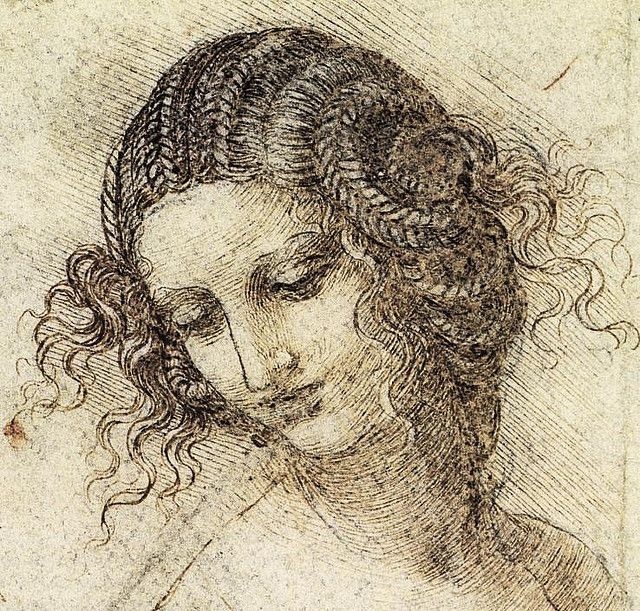What is a Personal Library?

In order to discuss personal library science, we must first define the characteristics of a personal library.
Indirectly, it's pretty easy to explain what a personal library looks like. It probably includes a collection of books, journals, photographs, and bits and pieces of memorabilia that are related to a person's existence.
However, to formalize this structure is actually pretty difficult.
A good place to start would be to talk about the types of data that we might come across in a personal library. As of writing, the types of data that exist in a person's personal library are heavily based around text, with images, audio, and video filling in the gaps.
Interestingly, these types of data are organized in order of cost and how much it takes to store one or many copies of this piece of data. The last three - images, audio, and video - are also relatively recent inventions, all being roughly less than 100 years old for the average consumer.
It's not hard to imagine that in the future as technology continues to improve the types of data in a person's personal library could improve as well. There could be a way to recreate smells using technology so smells can be stored, or perhaps some kind of advanced 3D printer that allows people to 3D print real objects based on the data that they store in their personal library, etc.
A Personal library also takes up some non-zero amount of space, whether that space is based in the physical world or the digital one. In other words, the data of a personal library exists in some physical form that operates in a way that it could be distinguished from another person's personal library by the differences between them. This might sound pedantic and not worth mentioning, but I think it's important to be kind of rigid when we're trying to formalize this idea.
Next, we might look at the functions that are possible to do to these data that we have in our personal libraries.
The most obvious functions of a personal library are to read and to write. You can either fetch something that exists in a current personal library or write something new and append it to the personal library.
After a lot of meditation on the issue, I think that there are four core functions of personal library science that include all of the potential possibilities of a personal library, and they are as follows:
- Store - Add new data to the library.
- Search - Filter the library to find something specific.
- Synthesize - Leverage the data in the library to do something "creative".
- Share - Copy or remove data from the library and put it outside of the personal library.
Each of these operates in a broad enough space that it would deserve its own potential field of study, but all of them allow you to do basically everything that you'll need to do in a personal library.
I'll end this post here for now, but this will be a continuing series as I continue to delve into personal library science.
